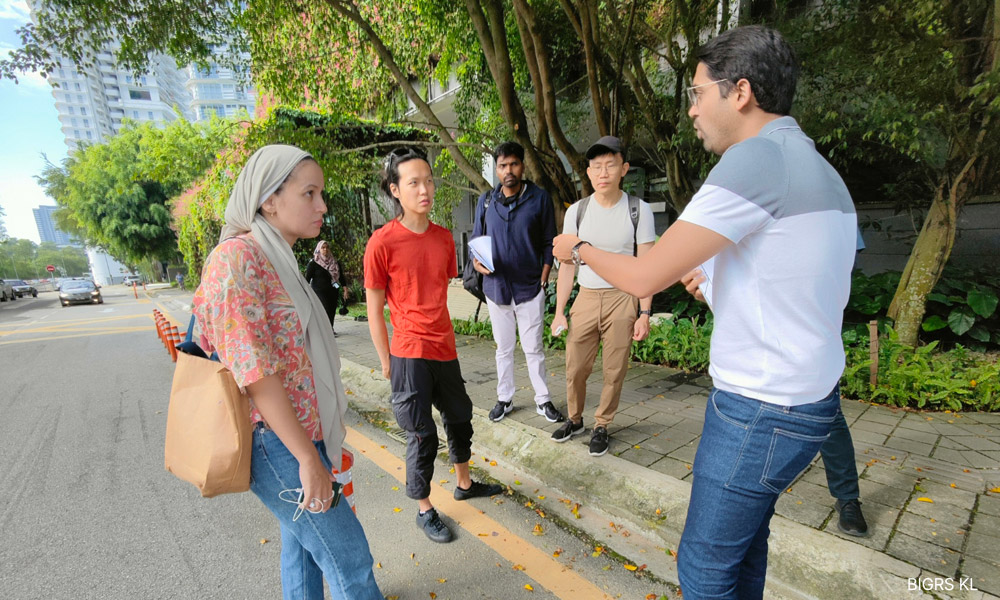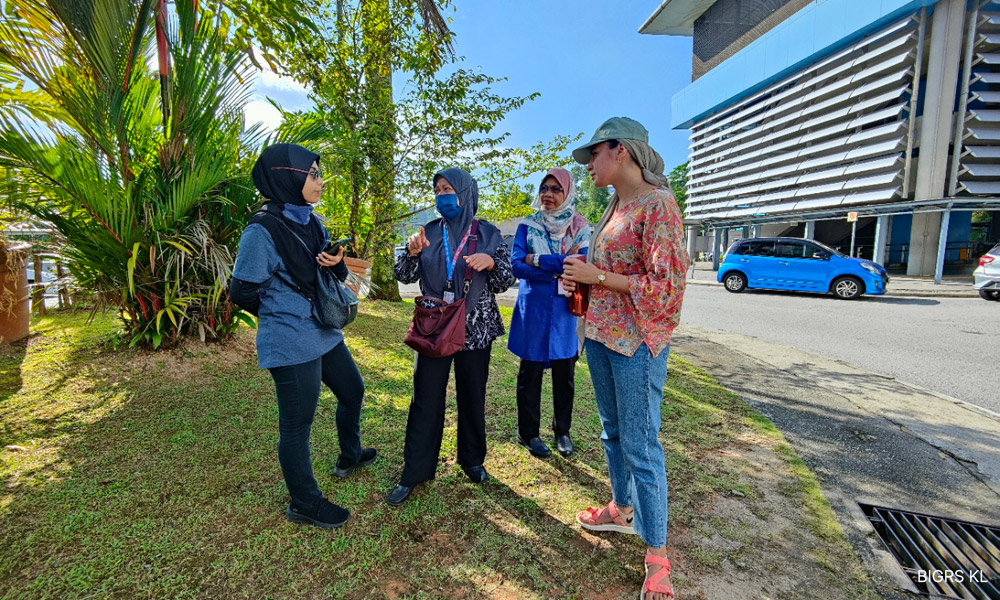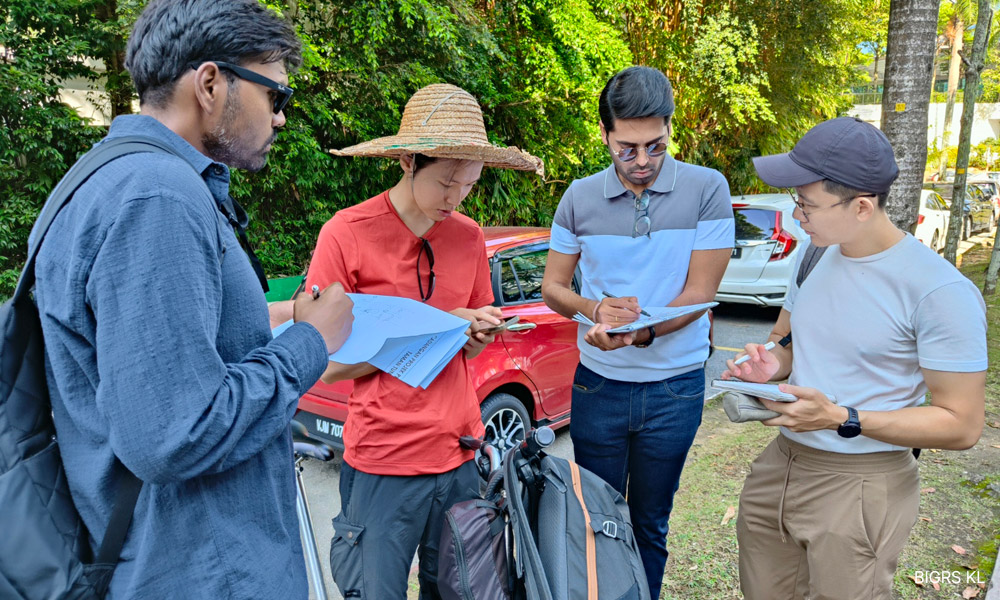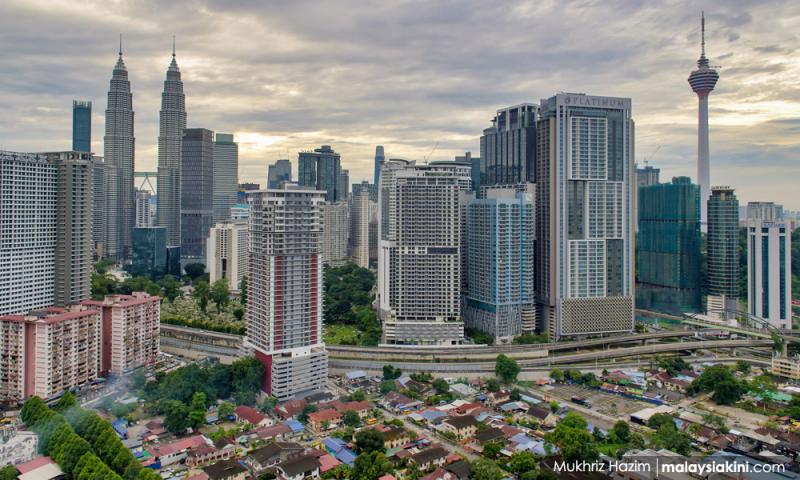LETTER | Safer streets save lives: Reimagining KL's neighbourhoods
LETTER | Kuala Lumpur (KL), with its expanding city limits, increasing motorisation rates and emerging status as a growing economic hub for the region, is prioritising a “people first” approach in its urban development efforts towards creating a low-carbon Kl.
As part of its vision, Kuala Lumpur City Hall (DBKL) is partnering with the Global Design Cities Initiative (GDCI) through the city’s participation in the Bloomberg Philanthropies Initiative for Global Road Safety (BIGRS) to address the rising number of road crashes and fatalities.
GDCI is committed to revisiting recent projects by DBKL to prioritise the improvement of road safety measures, especially for children. Additionally, GDCI is collaborating with DBKL on Taman Tun Dr Ismail (TTDI) bike network.
Road traffic crashes are the number one killer for children and young adults aged 5 to 29 globally, according to the World Health Organization (WHO).
It is also the leading cause of death for those aged 14 and below in Malaysia in 2021, as reported by the Department of Statistics Malaysia (DOSM).
Hence, it is commendable to see KL taking a “people-first” approach towards their road safety goals of reducing fatalities and injuries by 50 percent by 2030. This aligns with the UN-WHO Decade of Action for Road Safety 2021-2030.

As mentioned earlier, taking into account the needs of the broader community and public spaces they utilise, including schools, mosques, parking areas and other public spaces in the TTDI neighbourhood, GDCI is collaborating with DBKL to carry out a phased design and implementation of the network.
The project will inspire other neighbourhoods across the city by adopting a Safe System Approach and incorporating global best practices tailored to the Malaysian capital.
During a site excursion earlier this year, GDCI was accompanied by professionals from DBKL, the embedded staff at BIGRS, and members of Bike Commute Malaysia, a grassroots cycling organisation which advocates commuting by bicycle and for accessible transit.
The team explored TTDI, where GDCI and Bike Commute Malaysia spent the day sketching ideas for creating a connected, continuous and most importantly, safe cycling network in the area.
The city’s plans to connect transit hubs with residential interiors through active mobility modes not only provide last-mile connectivity, but also foster a more vibrant and healthy community.
Design and implementation are just one aspect of GDCI’s engagement with cities. GDCI’s methodologies also encompass data collection and evaluation of these projects to provide evidence and measure their impact.
Building local capacity is another crucial aspect to embed global design best practices within city agencies, inform consultants and engage other stakeholders.

To achieve this objective, GDCI and DBKL plan to conduct in-person and online training for their in-house engineers and designers.
These training sessions will focus on the principles for creating safer streets and will be based on the award-winning Global Street Design Guide (GSDG).
The GSDG is a set of global guidelines for street design that has received endorsement from over 100 cities and organisations around the world.
It is a valuable tool that KL city can use to test bold ideas and explore the realm of possibilities to reimagine its streets. Specifically, to create momentum for updating the existing Road Branch - Technical Instruction (ATJ) street design codes that currently prioritise vehicles over other road users.
GDCI is translating the GSDG into Bahasa Malaysia to ensure greater local relevance and encourage adoption by the city’s design experts.
The translated publication is expected to be launched by this year. Additionally, GDCI will provide training for traffic police and journalists.
Traffic police play a crucial role in enforcing regulations that contribute to the creation of safer streets, while effective media communication can spur behavioural change.

With great excitement for this partnership and anticipation for the next steps, GDCI’s trip concluded with site visits to some recently redeveloped school streets in different parts of KL.
GDCI is thrilled to continue supporting KL in its efforts to “Change Streets to Change Kuala Lumpur” and eagerly awaits the transformation of the city.
Author is the programme manager (India) for Global Designing Cities Initiative.
The views expressed here are those of the author/contributor and do not necessarily represent the views of Malaysiakini.
RM12.50 / month
- Unlimited access to award-winning journalism
- Comment and share your opinions on all our articles
- Gift interesting stories to your friends
- Tax deductable
